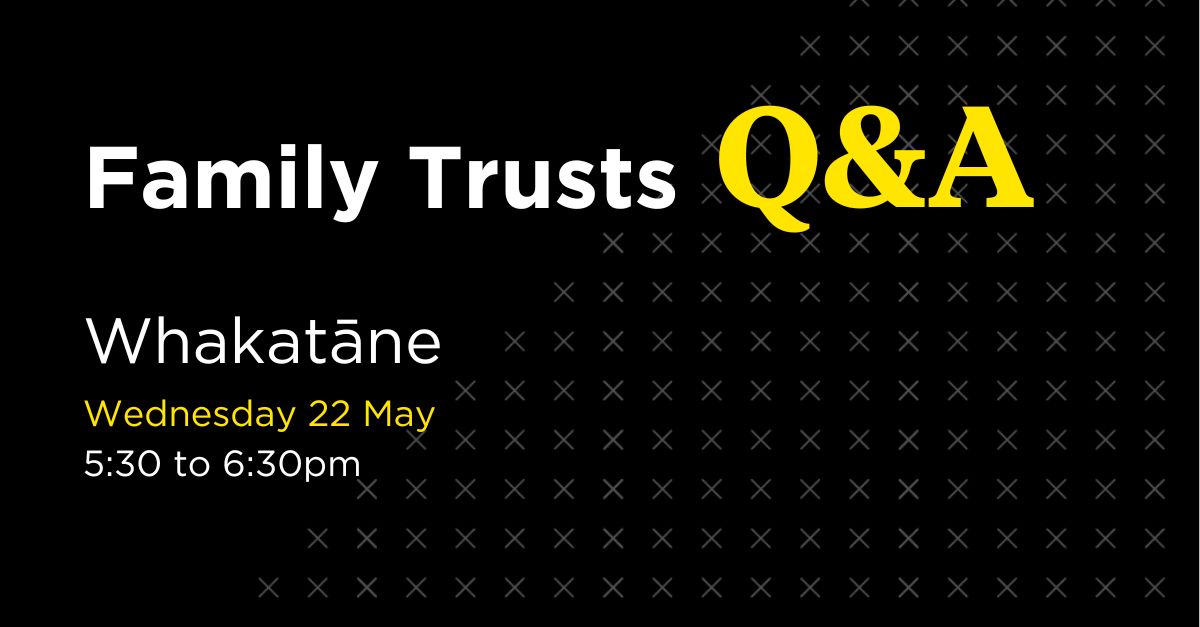The Natural and Built Environment Bill (NBE Bill) has introduced provisions into the NBE Bill to clarify and improve the management of contaminated land, and introduces a framework for the polluter pays principle.
In the Resource Management Act 1991 (RMA) there are no sections that regulate contaminated land. Instead regulations for contaminated land are located in the Resource Management (National Environmental Standard for Assessing and Managing Contaminants in Soil to Protect Human Health) Regulations 2011 (NES). The NES works in conjunction with the Hazardous Activities and Industries List (HAIL) to identify and manage the use of contaminated land. HAIL is used by local authorities to identify potentially contaminated sites via a list that identifies industries and activities that typically cause contamination. HAIL will be retained and the NES is likely to be retained.
Contaminated Land
The NBE Bill defines contaminated land as land where a contaminant is present in any physical state in, on, or under the land, and in concentrations that exceeds an environmental limit (which have not yet been set), or pose an unacceptable risk to human health or the environment. This is significantly different to the RMA definition of contaminated land.
The RMA defines contaminated land as land that has hazardous substances in or on it that has significant adverse effects on the environment, or is reasonably likely to have significant adverse effects on the environment.
The three key differences between the two definitions are:
- The NBE Bill definition includes contaminants that are under the land;
- The NBE Bill definition uses standards that could lead to a broader identification of contaminated land; and
- The use of ‘contaminants’ instead of ‘hazardous substances’ could also broaden what substances could be identified as contaminating/having contaminated the land.
Landowner Duties
Under the NBE Bill landowners will be required to notify the relevant regional council of their activity or industry listed HAIL activity, notify and provide the relevant regional council with any reports of environmental investigation, and comply with regulations e.g. regional plans. If contamination occurs on the land it is to be managed, investigated and monitored to ensure it does not exceed environmental limits, and does not pose an unacceptable risk to human health or the environment.
These new duties on landowners will likely mean that landowners will need to exercise greater due diligence when buying land, and when owning land.
Council Duties
Regional councils’ duties under the NBE Bill are the same as per the NES (eg. identify HAIL land), but the NBE Bill does require that the HAIL register is to be publicly available and is to include information on the nature, extent and severity of contamination found on the contaminated land. Regional councils are to help landowners and inform them of their duties.
Territorial authorities’ duties have been altered to require that the territorial authority consider the effects (environmental effects and if the proposal will benefit the environment) that a proposed development or other activities could have on contaminated land. Territorial authorities must also control the use and development of contaminated land to prevent any adverse effects or likely adverse effects to human health or the environment that result from the proposed development, subdivision, or land use; and mitigate those adverse effects.
Polluter Pays Principle
The polluter pays principle means that those who produce pollution should bear the costs of managing it to prevent damage to human health and the environment. A polluter means a person who has directly or indirectly, or through neglect or wilful inactivity, caused or allowed a discharge of a contaminant into the environment.
The EPA will enforce this principle in consultation with the local authority. The EPA can require that a polluter’s actions are to be prevented, or that the polluter remedy the pollution that causes adverse effects to the environment, or harms human health and the environment. Local authorities will execute enforcement orders as per the compliance and enforcement sections of the NBE Bill. Costs are to be determined as the actual and reasonable costs that the authority or EPA has incurred in taking action.
If the EPA is unable to recover costs from the polluter, then the EPA can recover costs from the local authority.
It is currently unclear how the polluter pays principle will work in practice. Issues are likely to arise when it comes to establishing the polluter, or when payment is required for polluting.
Submissions on the NBE Bill are open until 5 February 2023. Please get in touch if you would like to discuss the NBE Bill or make a submission.



